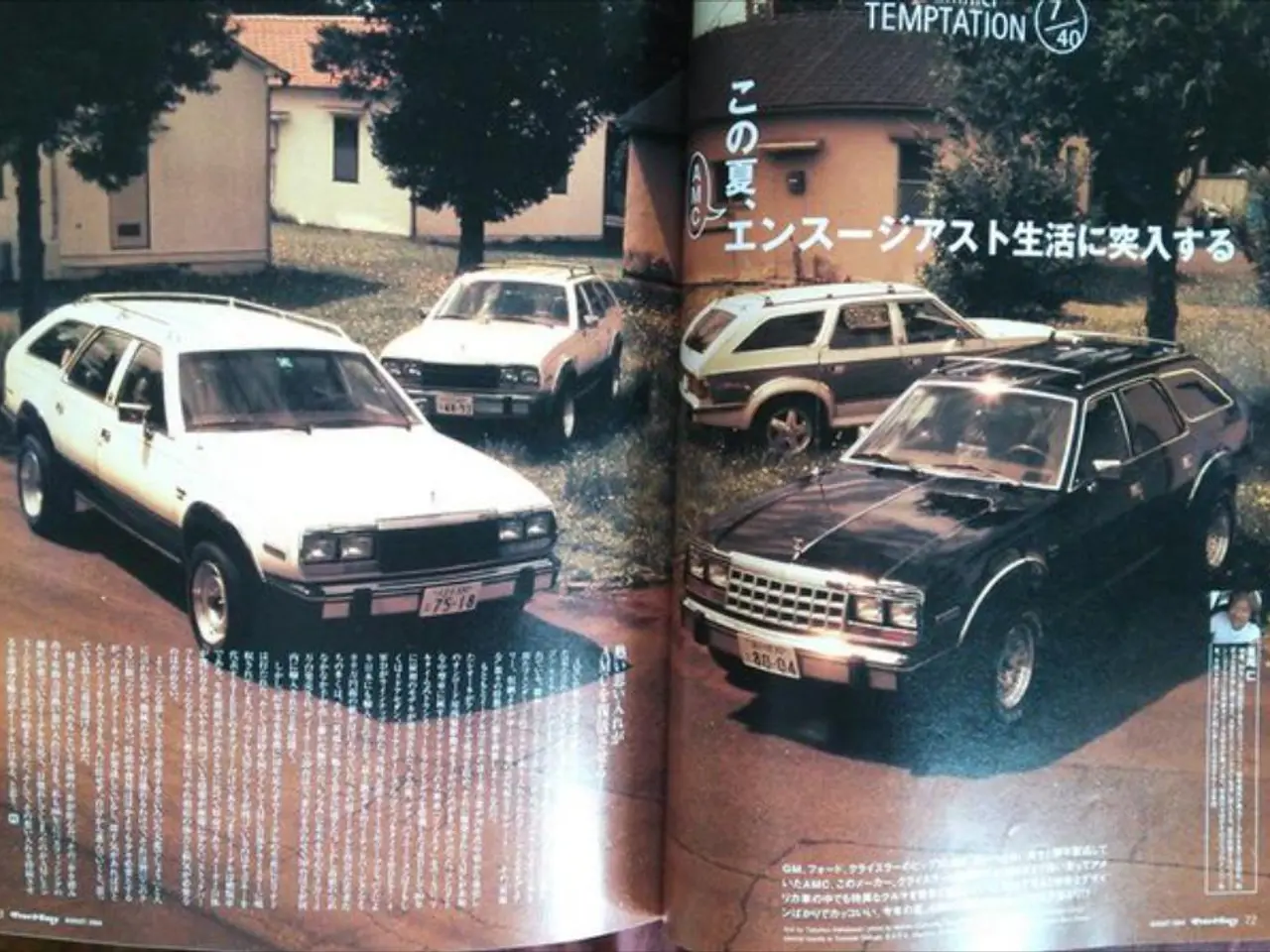Unexplored camera technique that usually goes unmentioned: Abstain from using the camera
In the world of photography, taking a break might seem counterintuitive, but for some, it can lead to unexpected advancements and a renewed perspective. This is a lesson learned by Sebastian Oakley, a renowned photographer who has made a name for himself in the equestrian industry.
Oakley, a Fellow of the Royal Society of Arts, has been behind the lens for nearly two decades. His work has been published internationally and graced the pages of leading equestrian publications. Yet, his journey didn't start as a career but as a hobby that evolved into a full-blown passion.
The author of this article, who shares a similar journey with Oakley, found themselves in a disconnect from their work. The answer to this disconnect came over time, during a break from photography. Stepping away from the constant pressure of producing images allowed for space to breathe, think, and reflect, which in turn stimulated creativity.
Taking a break from photography offers several benefits. It allows photographers to mentally refine and enhance memories of the scenes and experiences, preserving the emotional purity of the shooting experience. It disconnects them from the screen, allowing them to fully experience and appreciate the environment and moment. This pause creates anticipation and longing for images, contributing to more meaningful and thoughtful engagement with their work.
Moreover, a break reduces pressure, making creative decisions more organic. Photographers can focus more on composition and storytelling rather than just technical perfection. This period of detachment promotes a clearer and more mindful perspective that can refine and strengthen the photographer’s artistic eye over time.
When Oakley picked up the camera again after a break, he saw differently, more clearly, and more honestly. His vision had refined itself. He believes in documenting the beauty of the mundane, the ordinary moments, and the quiet scenes no one else notices.
In his spare time, Oakley now uses his Leica M-E or Leica M2 for Street/Documentary photography, a stark contrast to the cinema cameras from Sony, RED, ARRI, and others he used in his equestrian work. Oakley, the youngest member to be elected into BEWA, the British Equestrian Writers' Association, holds a Foundation Degree in Equitation Science and a Master of Arts in Publishing.
For those feeling lost, uninspired, or unsure of direction, it's acceptable to pause photography. The author recently wrote about the power of taking pictures just for oneself, a reminder that photography is a personal journey and taking a break can sometimes be the best step towards finding one's voice and vision.
- In the midst of a break from photography, a photographer might internally refine and safeguard the emotional intensity of their shooting experiences by enhancing memories of the scenes and events.
- Securing the role as the youngest member in BEWA, Oakley now favors mirrorless cameras like the Leica M-E or Leica M2 for Street/Documentary photography, moving away from the high-end cinema cameras typically used in his equestrian work.
- For photography enthusiasts, taking pictures solely for personal fulfillment can serve as a reminder that the pursuit of this art form is often a deeply personal journey, and sometimes stepping away can lead to discovering one's unique voice and vision.
- A short pause from photography enables photographers to generate more meaningful and thoughtful compositions, as they're freed from chasing technical perfection and instead focus on the storytelling aspect of their work.
- With a resurgence of creativity after a break, Sebastian Oakley approached photography in a fresh light, seeing the beauty in the ordinary, the overlooked, and the subdued, capturing moments that others may not even notice.




